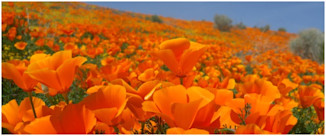

A solar eclipse will look like there is a ring of fire around the sun. Cool!Photo courtesy of Reuters I have good news and I have bad news. Tomorrow is going to be a super-freaky astronomical day. It is (finally) the vernal equinox, the official start of spring; there is a Supermoon, a full or new moon that occurs at the closest point in its orbit around Earth; and the Earth will see its first total solar eclipse in 2 years. The bad news? If you are reading this blog from the comfort of your Camden home, you will miss out on seeing it in person as it will not be visible in North America. However, if you happen to find yourself in the UK, Iceland or Greenland, well, color me jealous; I totally geek out over these cool celestial events. Lucky for those of us who will be experiencing the middle of the night during the solar eclipse, there are several options to view it live online or, if you happen to like your sleep too much to wake up at 3:30am, get replay action later in the day.
BBC will be offering live commentary starting at about 2am CST; the eclipse will begin at around 3:30am CST
Slooh will be broadcasting the full solar eclipse as seen from the Faroe Islands 600 off the coast of Northern Europe
The Virtual Telescope Project will be using it’s remote robotic telescopes to capture the action with commentary from astrophysicist Gianluca Masi
If you feel confident in your ability to read Dutch, Morgens Winther Observatory will be streaming the eclipse from Denmark
The colored areas on this map will have a chance to witness the eclipse in person.Photo courtesy of timeanddate.com North America, don’t feel too left out! We will have two opportunities to view lunar eclipses this year on April 4th and September 28. Our next opportunity to see a solar eclipse will be in August 2017. I can’t wait! I hope you enjoy watching this very rare event.
Let's be longtime friends—subscribe today!



